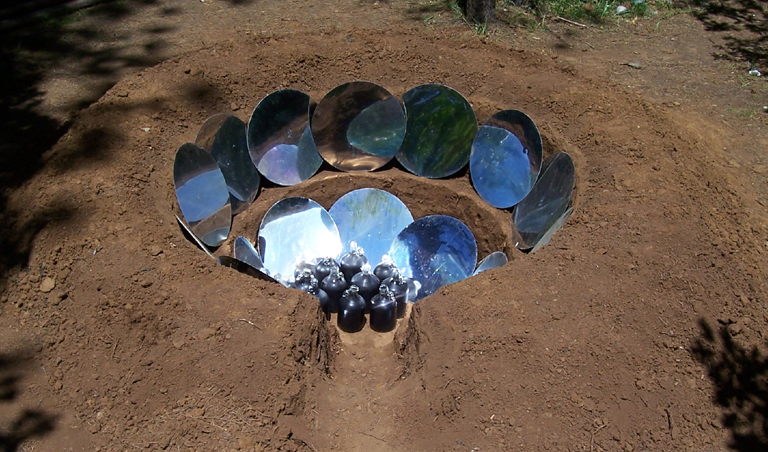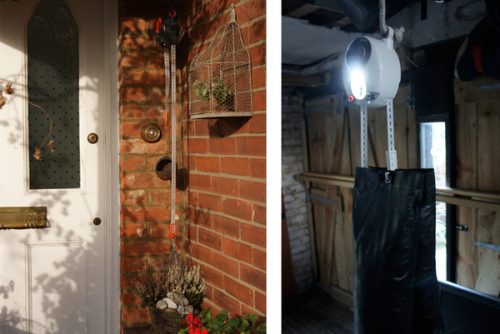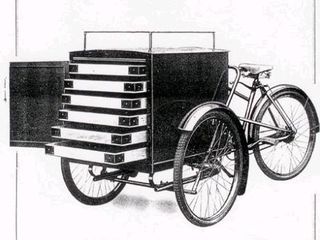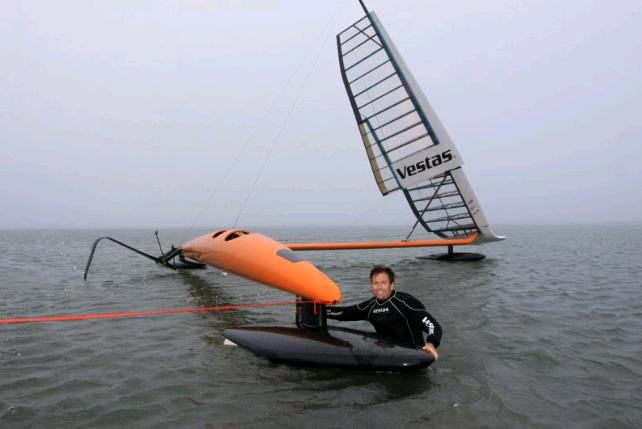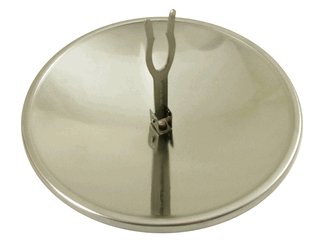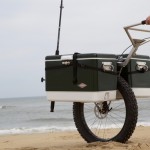“The Earthern Solar Cooker is a large parabolicly shaped hole in the ground lined with reflective materials such as salvaged pieces of broken mirrors or reflective can lids. The mirrors reflect and concentrate sunlight to the base of the hole where ten one gallon black containers of water can be boiled per hour and used for drinking or food preparation. Cooking/water boiling containers are accessed via steps carved into the side of the Earthen Solar Cooker.”
“A 2.5m diameter hole, 1.5m deep cooks 10 gal of rice/hr from 11am to 3pm on an 85f summer day in south central Oregon. Since the power of a parabolic concentrator is proportional to the surface area of it’s aperature (A = 3.14 x r^2), doubling the radius of the hole increases the power of the Earthen Solar Cooker by a factor of four.”
“An Earthen Solar Concentrator the size of a small amphitheater might be capable of casting bronze or boiling the water near the surface of a shallow well located at the vertex, thus making possible the creation of a solar bubble pump that could lift pasteurized water to a tank above ground level.” Read more about the project at Appropedia.
Previously:
